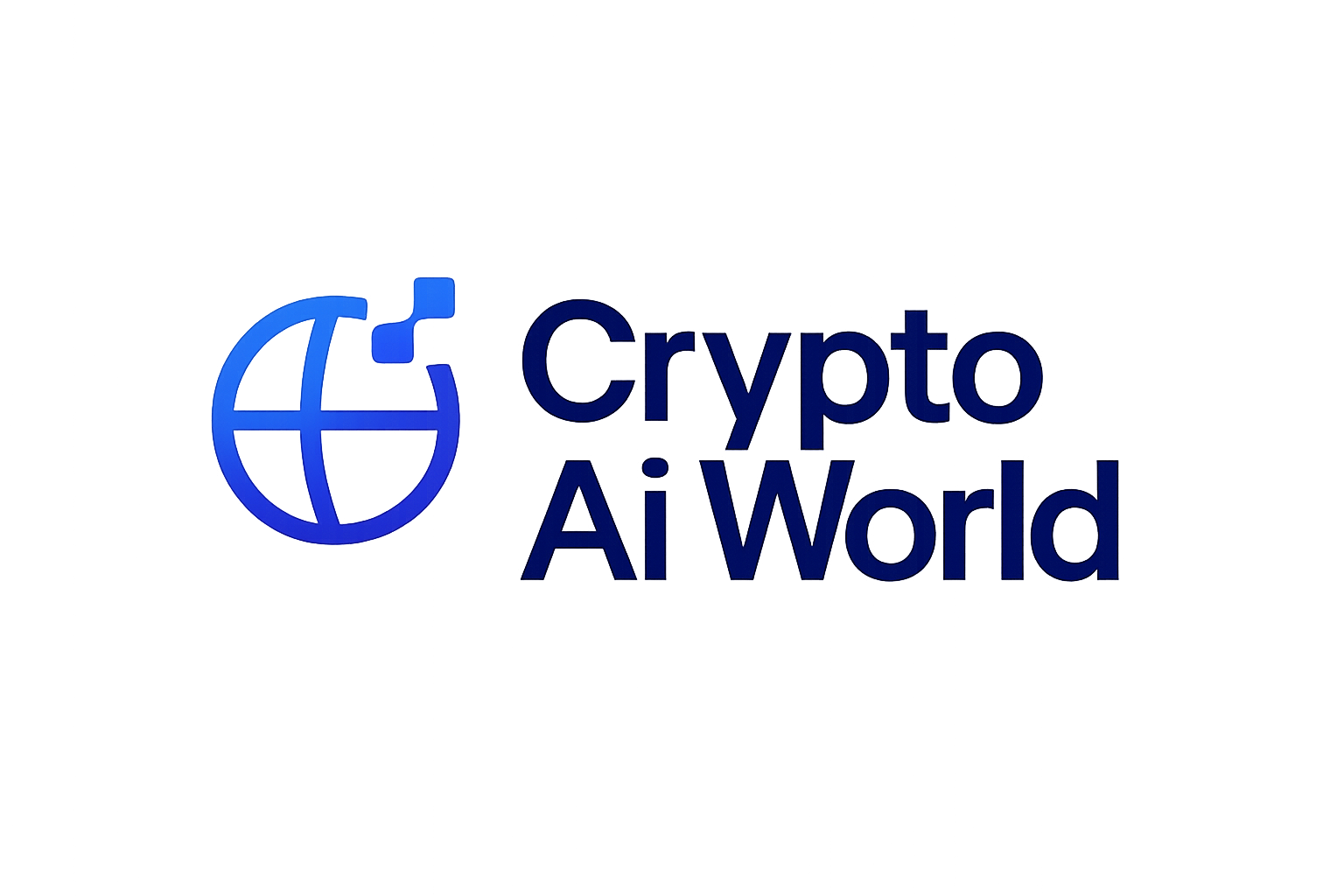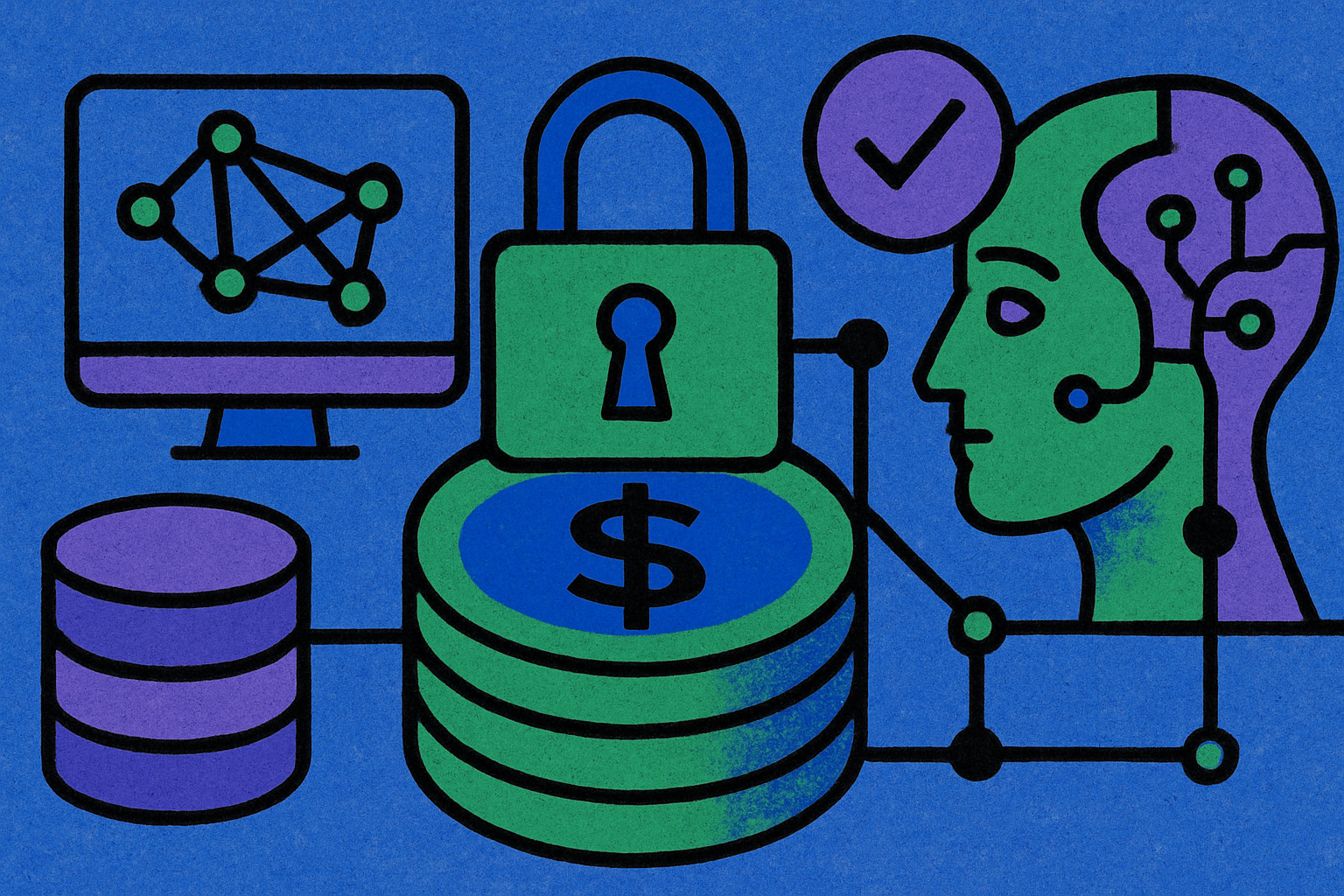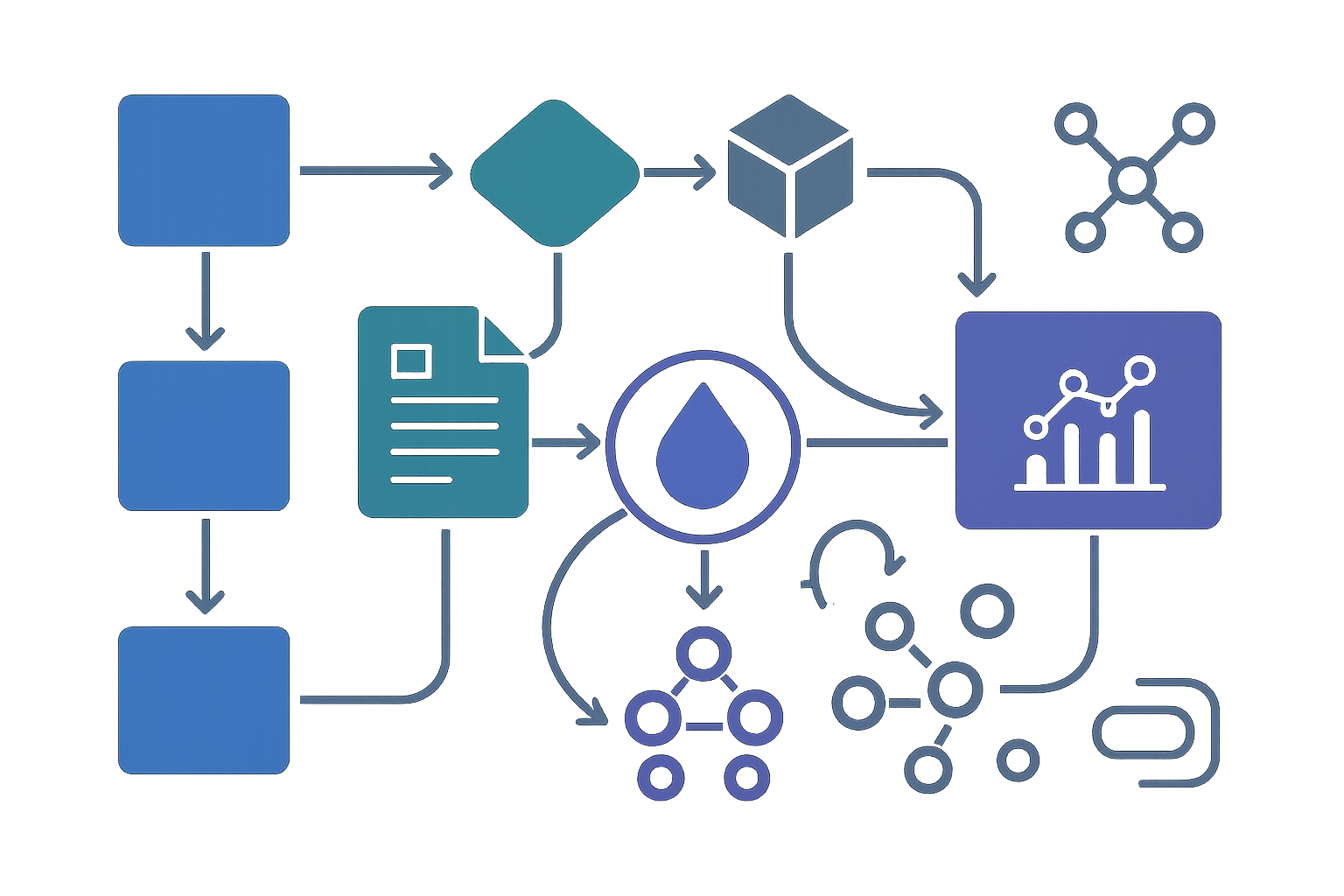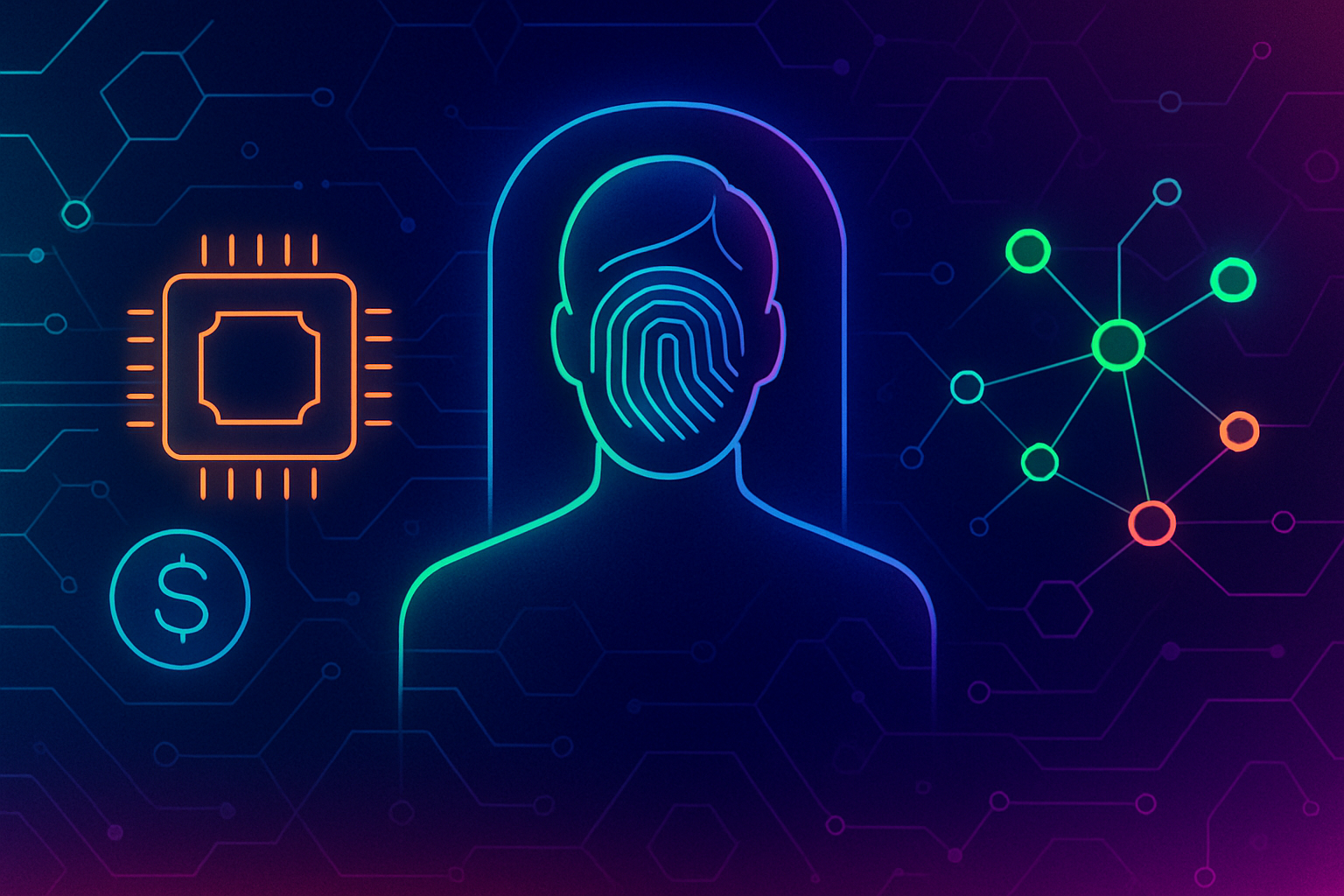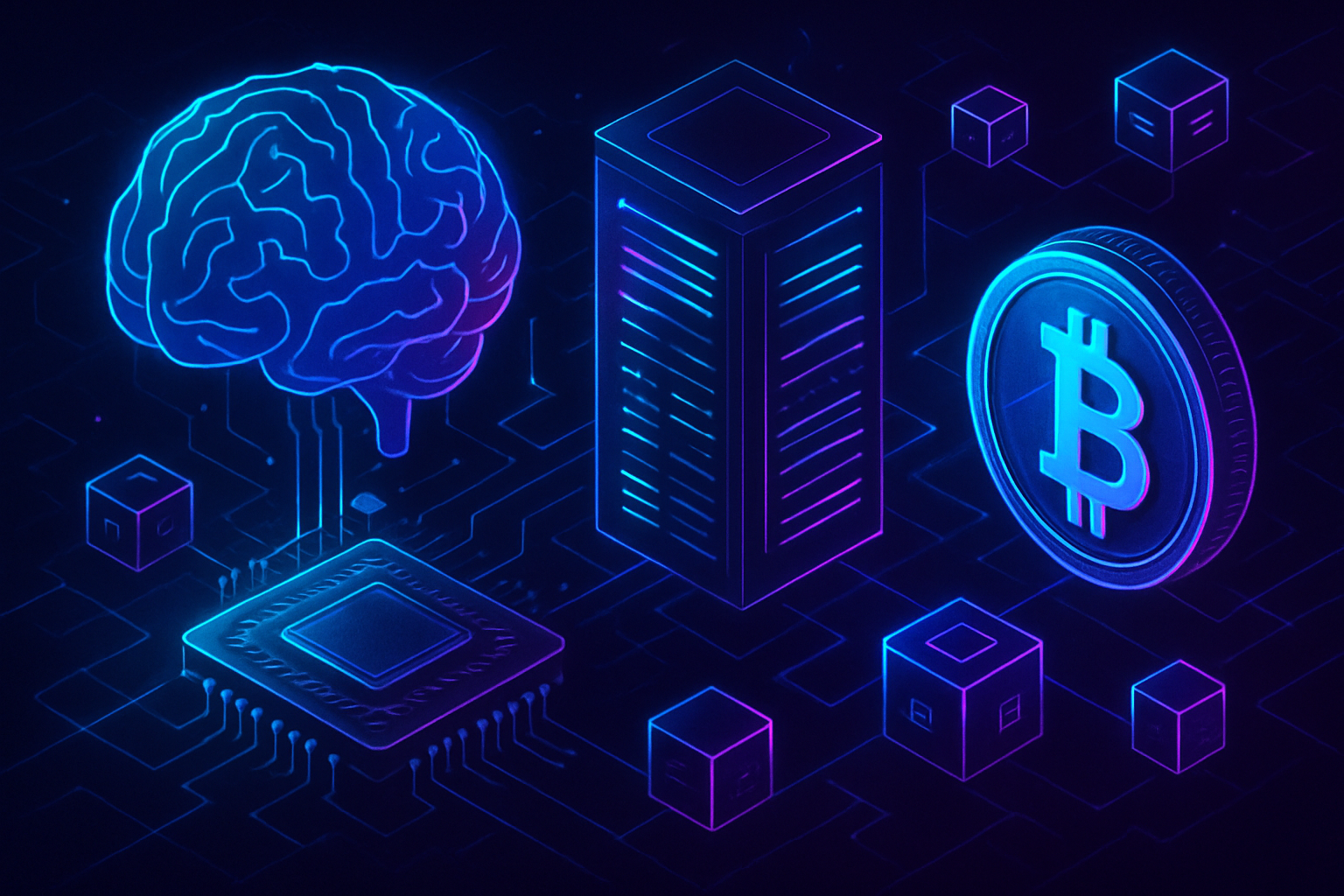
Decentralized AI compute networks are rapidly transforming the crypto landscape, delivering scalable, democratized, and cost-effective infrastructure for next-generation blockchain applications. This paradigm shift is catalyzed by the growing demand for high-performance AI workloads in decentralized finance (DeFi), autonomous agents, on-chain analytics, and permissionless data marketplaces. By distributing computational power across global networks of independent nodes, these systems eliminate reliance on centralized cloud providers while unlocking new economic incentives for both resource providers and developers.

Decentralized Compute: The Engine Behind Crypto-Powered AI Infrastructure
The core innovation of decentralized AI compute networks lies in leveraging blockchain technology to orchestrate and verify distributed computation. Projects like NodeGoAI, Gensyn, Akash Network, Bittensor, and Render Network are at the forefront of this movement. Their architectures enable anyone with idle GPUs or specialized hardware to monetize excess capacity by contributing to a global pool of resources for AI training and inference.
This approach not only addresses the chronic shortage and centralization of GPU resources but also introduces a transparent, trustless marketplace where compute tasks are verified using cryptographic proofs or novel consensus mechanisms such as Bittensor’s Proof-of-Intelligence (PoI). The result is a robust foundation for building crypto-native applications that demand heavy AI processing without incurring prohibitive costs or security risks.
Key Players Defining the Decentralized Compute Landscape
Top Decentralized AI Compute Networks
-
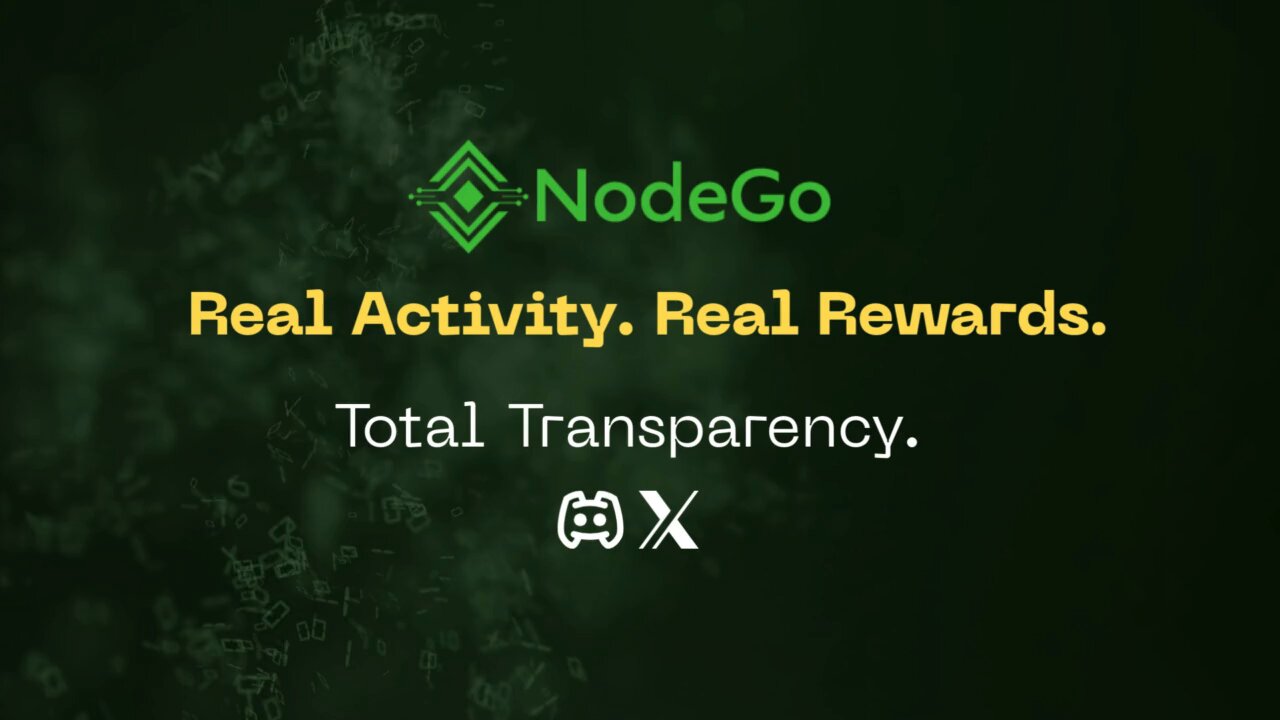
NodeGoAI: Founded in 2021, NodeGoAI enables users to monetize idle computing power by contributing it to a peer-to-peer network for AI and high-performance computing. Its proprietary protocol and hardware facilitate distributed, secure, and scalable compute for AI workloads.
-
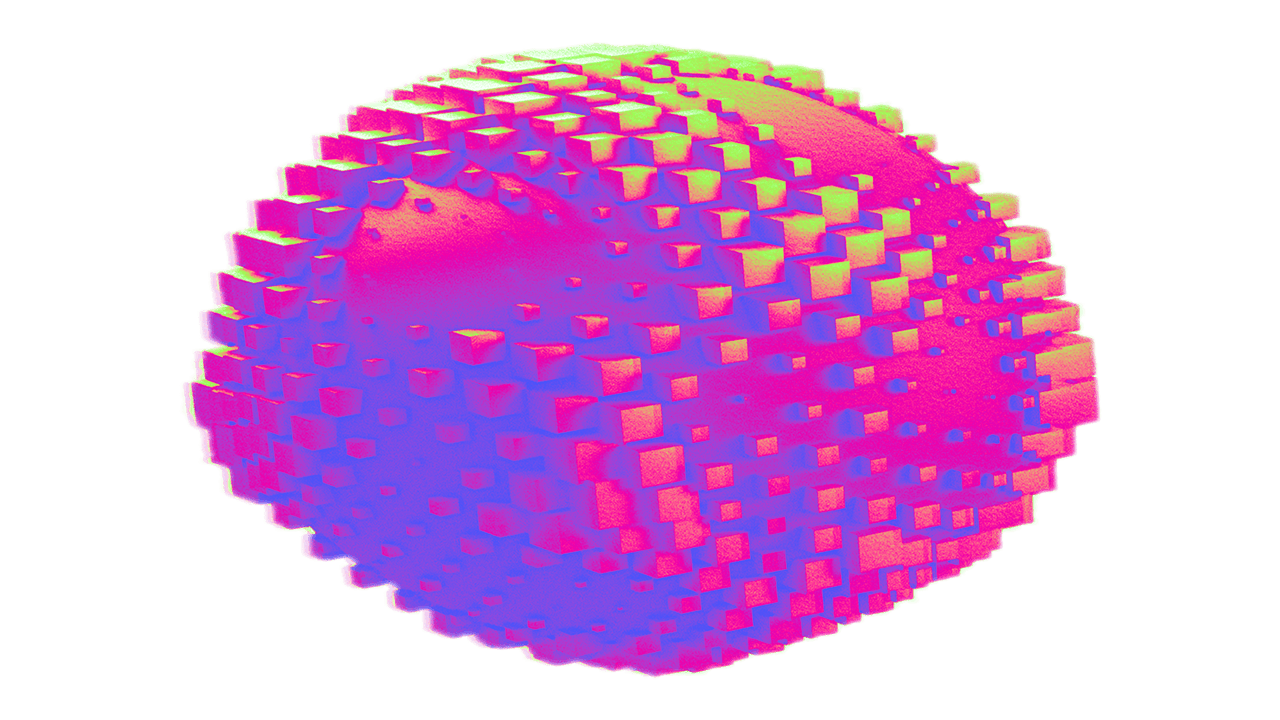
Gensyn: Gensyn decentralizes machine learning by distributing model training across a global network of nodes. Leveraging blockchain for transparency, it uses cryptographic proofs to verify computations, making large-scale AI training accessible and secure.
-
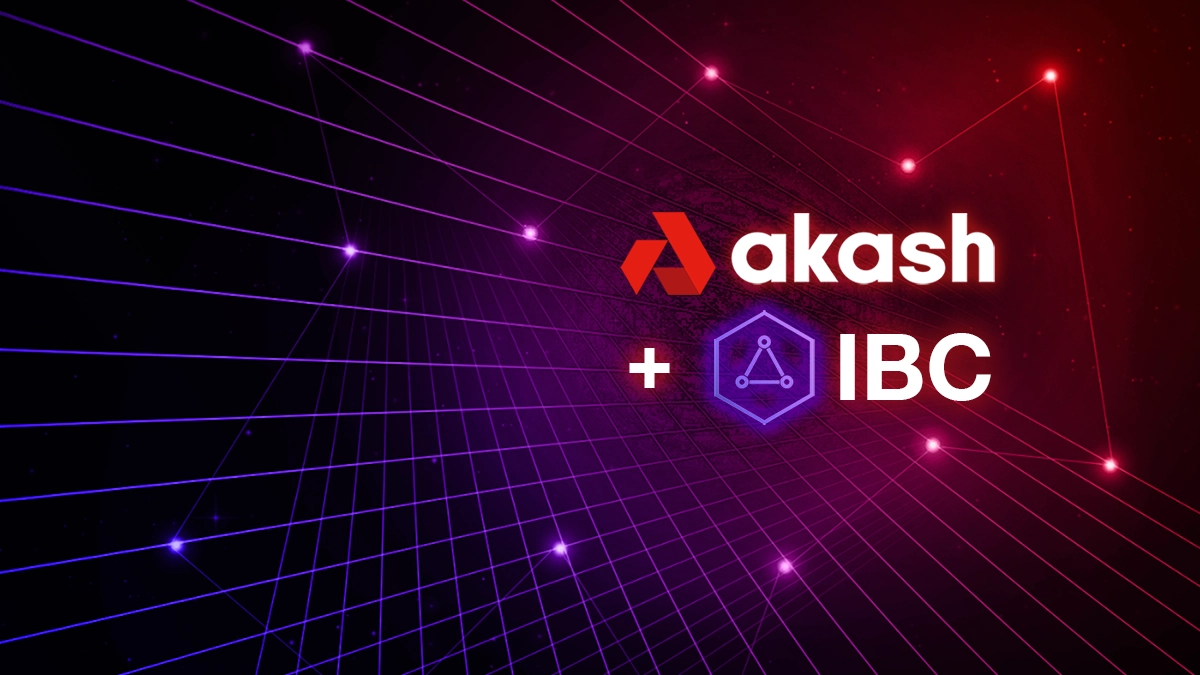
Akash Network: Akash Network is a decentralized cloud marketplace that now includes GPU resources, allowing users to lease compute power for AI and machine learning tasks. Its open marketplace model reduces costs and increases accessibility for enterprise-grade AI infrastructure.
-
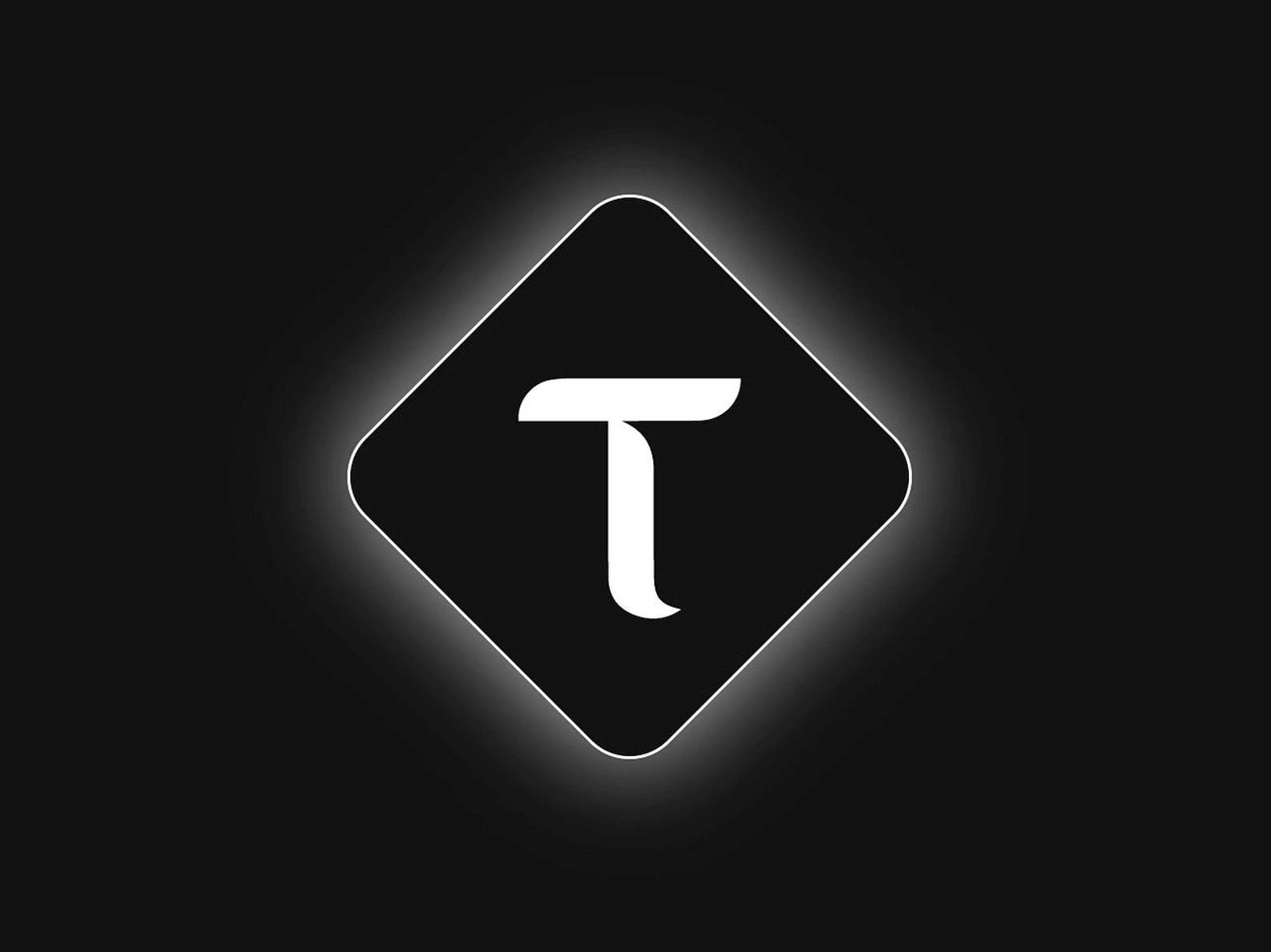
Bittensor: Bittensor transforms machine learning into a tradable commodity through its Proof-of-Intelligence consensus. The network rewards useful AI contributions with its native TAO token, creating an open, incentivized market for AI services.
-
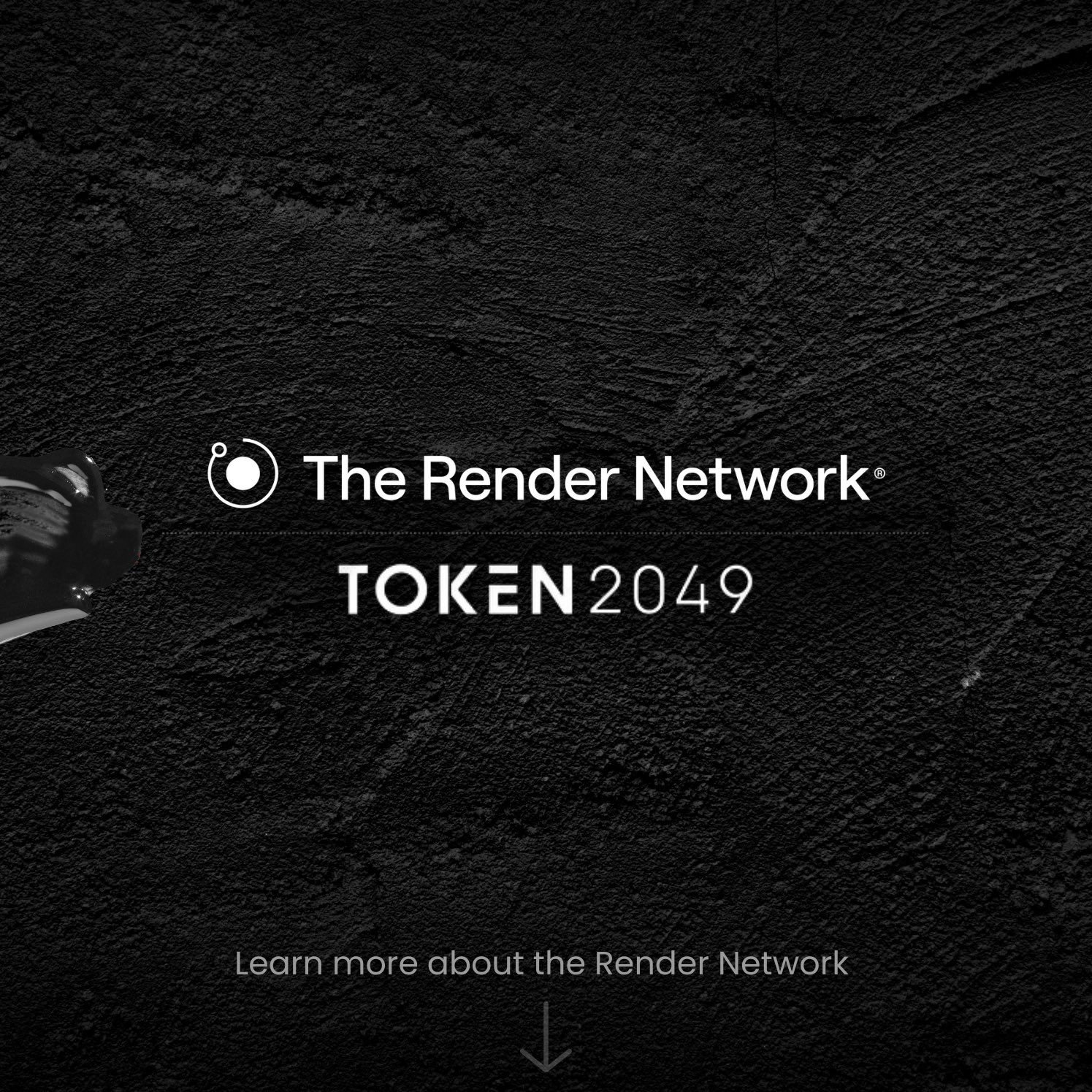
Render Network: Render Network connects GPU providers with users in need of compute for AI, graphics, and data science. The platform’s pay-as-you-go model, powered by the RENDER token, is expanding to support AI inference and model training for autonomous agents.
- NodeGoAI: Monetizes idle computing power through a peer-to-peer protocol, enabling distributed AI workloads at scale.
- Gensyn: Focuses on decentralized machine learning training across a global node network secured by blockchain.
- Akash Network: Expands from general compute into GPU leasing, making enterprise-grade resources accessible for crypto-AI projects.
- Bittensor: Innovates with Proof-of-Intelligence consensus to reward useful machine learning work via its TAO token ecosystem.
- Render Network: Connects GPU providers with users in a pay-as-you-go model powered by its native RENDER token.
Why Decentralized Compute Matters for Next-Gen Crypto Apps
The integration of decentralized compute into blockchain ecosystems unlocks several critical advantages:
- Enhanced Scalability: Distributing workloads enables seamless scaling as demand grows, vital for real-time DEX analytics or autonomous DeFi strategies.
- Cost Efficiency: Leveraging underutilized hardware drives down costs compared to legacy cloud solutions, democratizing access to advanced AI capabilities.
- Resource Democratization: Smaller teams and independent developers can tap into powerful infrastructure previously reserved for large enterprises or well-funded protocols.
- Transparency and Security: Blockchain-based verification ensures task integrity and auditability, crucial for financial applications where trust is non-negotiable.
This convergence is already evident in areas such as permissionless data labeling markets, on-chain prediction engines, automated trading bots, and privacy-preserving analytics, all powered by decentralized compute backbones. For example, Akash Network’s GPU marketplace has become indispensable for projects that require affordable yet secure access to high-performance hardware without ceding control to centralized vendors (source).
As the boundaries between AI and blockchain blur, decentralized AI compute networks are setting the stage for a new breed of crypto applications that operate with unprecedented speed, autonomy, and resilience. These networks are not just technical curiosities; they are actively reshaping the economics and architecture of next-generation dApps, DAOs, and DeFi protocols by making advanced AI accessible on-chain.
AI Compute DePIN in Action: Real-World Use Cases
Concrete examples of AI compute DePIN use cases are emerging across the crypto ecosystem. Decentralized exchanges now leverage real-time sentiment analysis and anomaly detection powered by distributed GPU clusters. On-chain oracles utilize federated learning to enhance data integrity without exposing sensitive information. Autonomous trading agents harness global intelligence from decentralized compute pools to adapt to volatile markets. Even NFT platforms are integrating AI-driven content moderation and generative art models directly within smart contracts.
5 Leading Decentralized AI Compute Networks
-
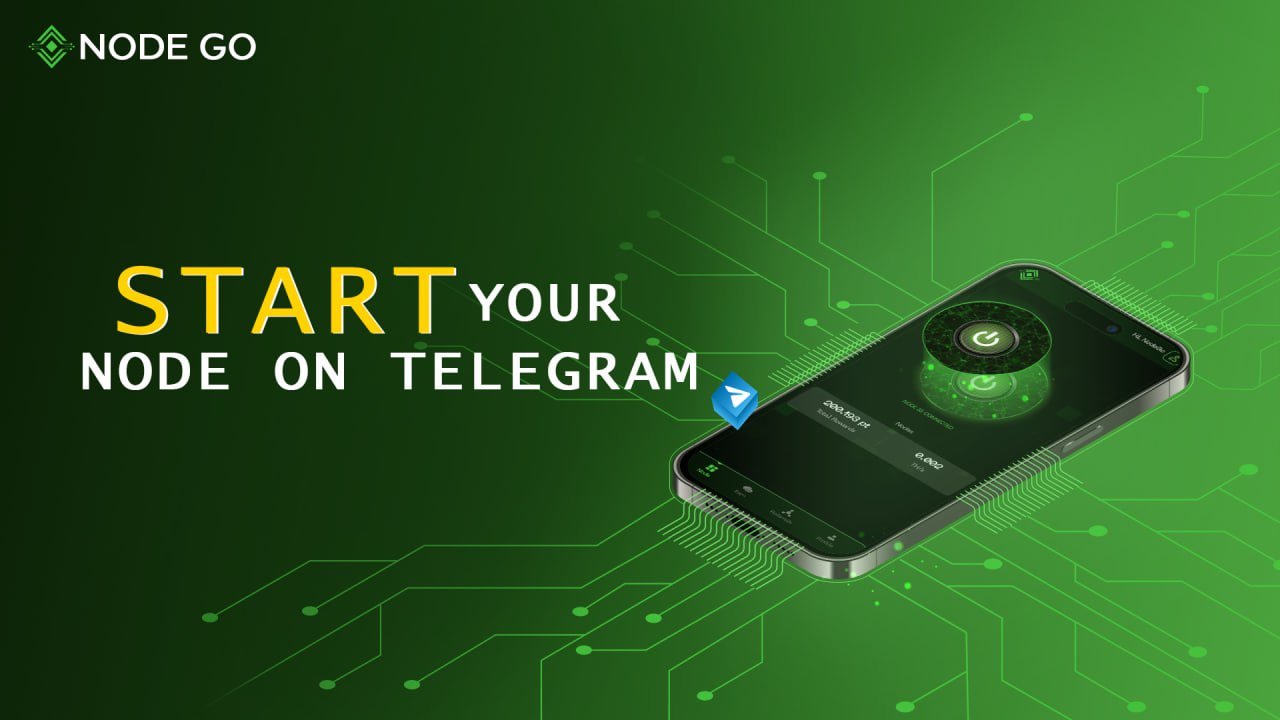
NodeGoAI transforms idle computing power into a decentralized resource pool for AI and high-performance tasks. Its proprietary protocol and hardware enable users to monetize their unused compute, fostering a peer-to-peer ecosystem for distributed AI workloads.
-
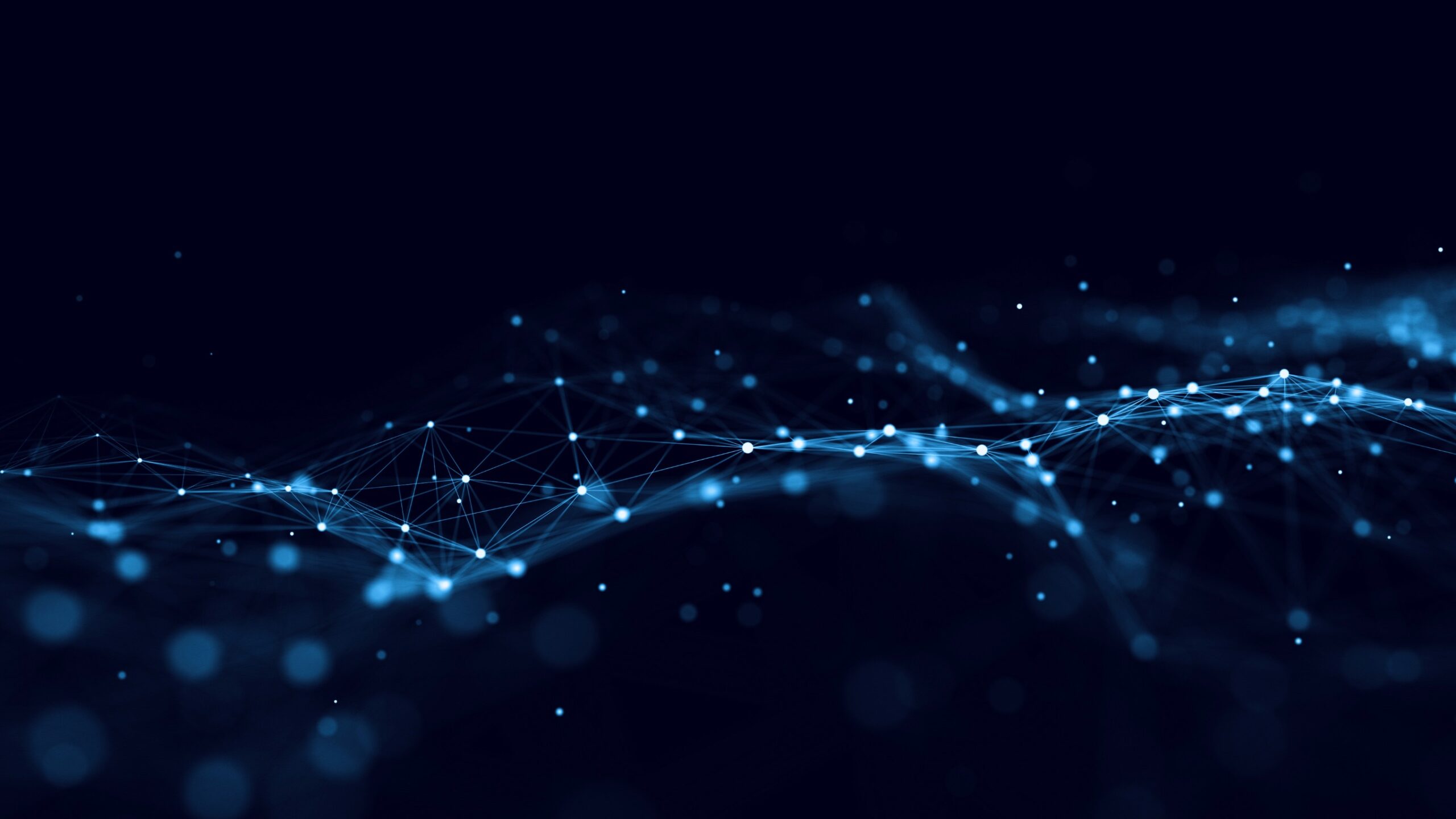
Gensyn decentralizes machine learning by distributing training jobs across a global network of nodes. Leveraging blockchain for security and cryptographic proofs for verification, Gensyn makes high-performance AI model training accessible and transparent.
-
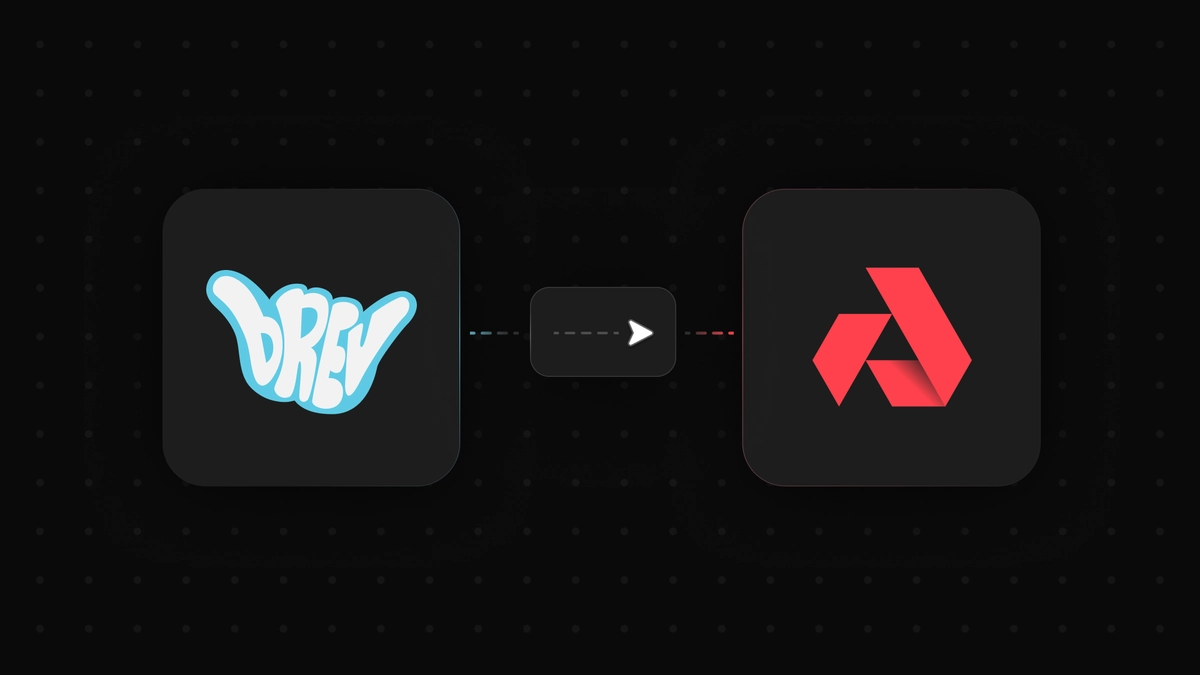
Akash Network offers a decentralized marketplace for compute and GPU resources, empowering users to lease enterprise-grade GPUs for AI and machine learning at competitive rates. Its blockchain-based platform ensures efficiency and transparency for AI workloads.
-
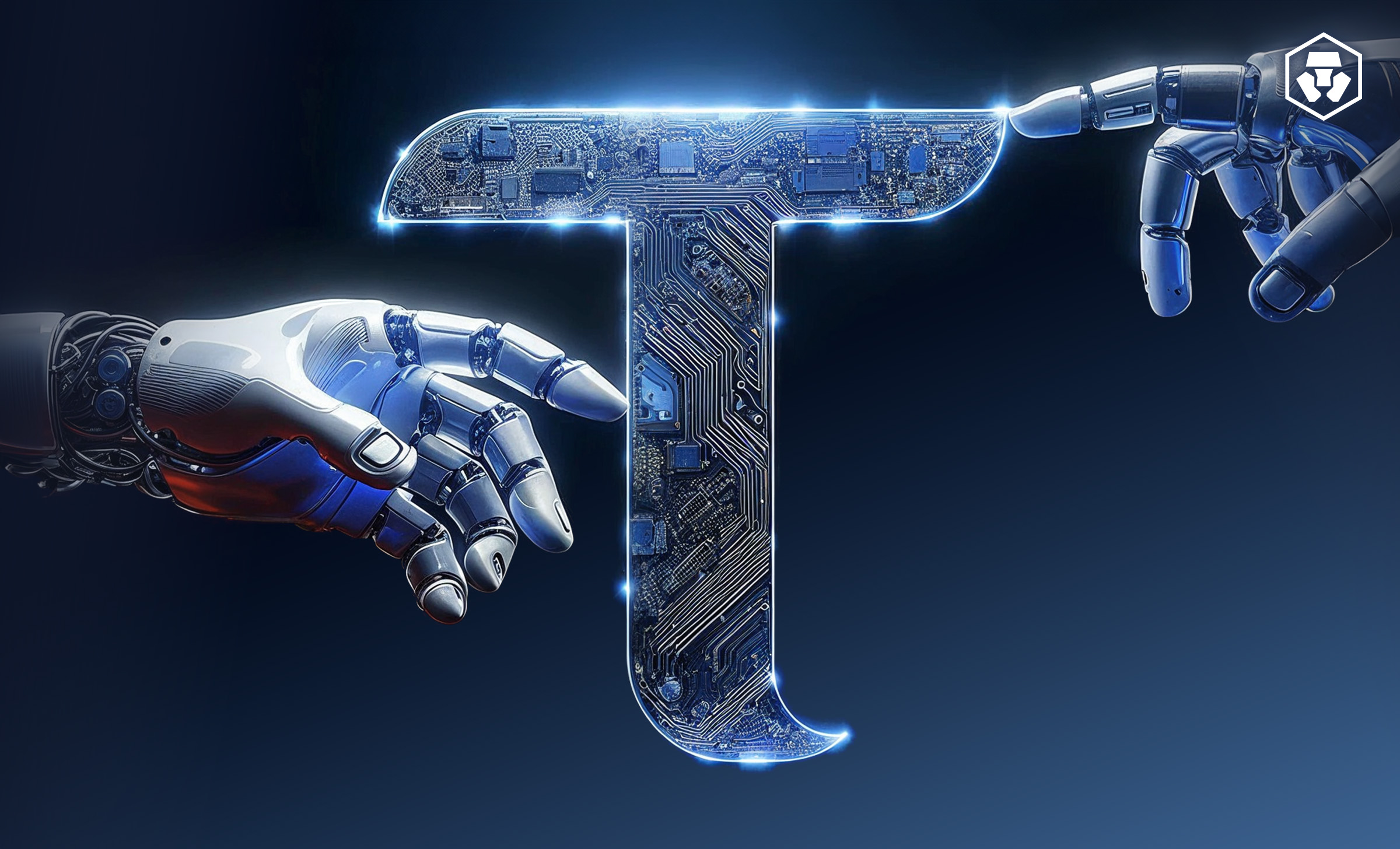
Bittensor introduces a novel blockchain protocol with Proof-of-Intelligence consensus, creating an open market for AI services. Contributors are rewarded in TAO tokens for providing valuable machine learning outputs, turning AI work into a tradable commodity.
-
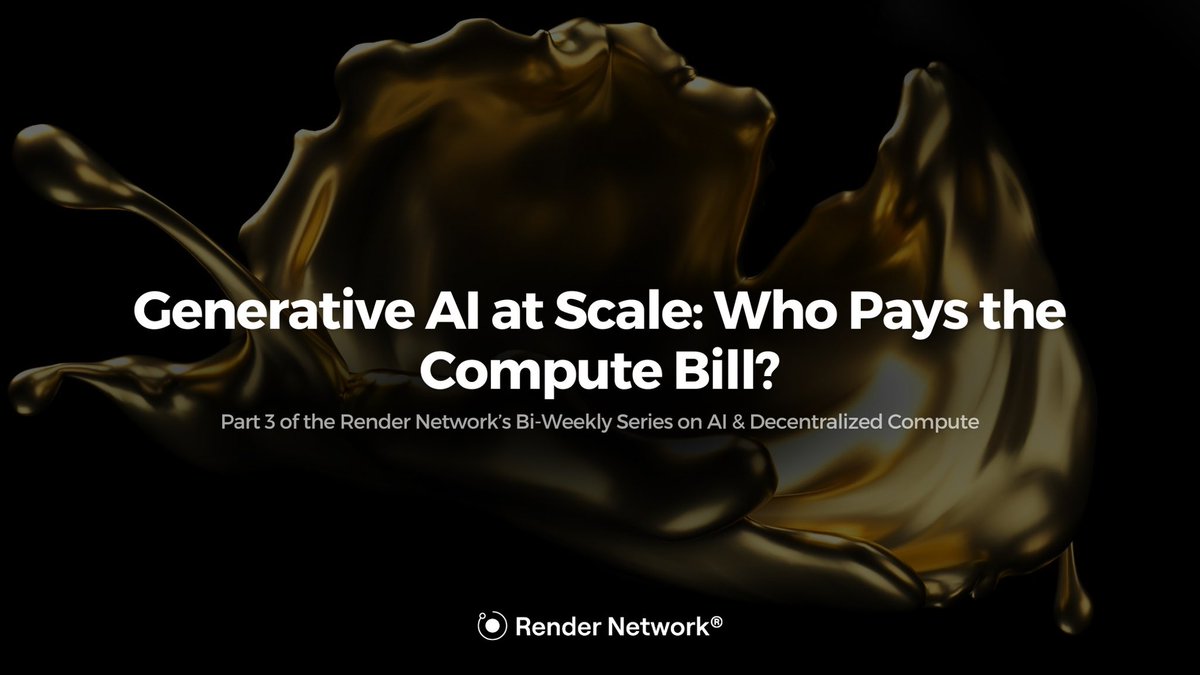
Render Network connects thousands of GPU providers with developers and data scientists via a pay-as-you-go model powered by the RENDER token. The platform is expanding to support AI inference and training, enabling scalable GPU access for autonomous AI agents.
This diversity underscores the flexibility of decentralized compute for crypto apps, enabling everything from privacy-preserving analytics to large-scale model training without ceding control to centralized entities.
Tokenomics and Incentive Models: Fueling Sustainable Growth
The success of decentralized AI compute networks hinges on robust tokenomics that align incentives for all participants. Networks like Bittensor reward nodes contributing valuable machine learning outputs via native tokens such as TAO, while Render Network’s RENDER token facilitates seamless payments for GPU cycles. These mechanisms not only encourage hardware providers to join but also ensure ongoing innovation in network architecture, consensus algorithms, and workload verification.
Moreover, staking models and dynamic pricing protocols help maintain equilibrium between supply (compute resources) and demand (AI workloads), minimizing congestion while optimizing rewards. This market-driven approach is essential for sustainable growth as more sophisticated blockchain AI workloads come online.
Challenges Ahead: Security, Interoperability, and Regulation
Despite their promise, decentralized AI compute networks face significant hurdles before reaching mainstream adoption. Security remains paramount, ensuring that distributed computation cannot be subverted by malicious actors or faulty nodes is a non-trivial challenge. Interoperability across disparate protocols is also vital; seamless integration with existing blockchain ecosystems will determine how quickly these solutions scale.
Regulatory clarity is another critical concern as authorities begin scrutinizing both the provenance of data used in AI training and the economic models underpinning crypto-powered infrastructure. Projects must prioritize transparency in governance, data sourcing, and workload validation to build lasting trust among developers, enterprises, and regulators alike.
The Road Ahead for Decentralized Compute in Crypto
The trajectory is clear: as demand for scalable on-chain intelligence accelerates, decentralized AI compute networks will become indispensable pillars of the blockchain economy. Their ability to unlock latent hardware capacity globally, while preserving security, transparency, and economic alignment, positions them at the epicenter of tomorrow’s crypto-powered AI infrastructure.
For innovators building at this intersection, understanding both technical architectures and incentive models is crucial. As leading projects like NodeGoAI, Gensyn, Akash Network, Bittensor, and Render Network continue to push boundaries (NodeGoAI, Gensyn, Akash Network), expect rapid advances in protocol design, and a proliferation of high-impact use cases that redefine what’s possible at the convergence of blockchain and artificial intelligence.
